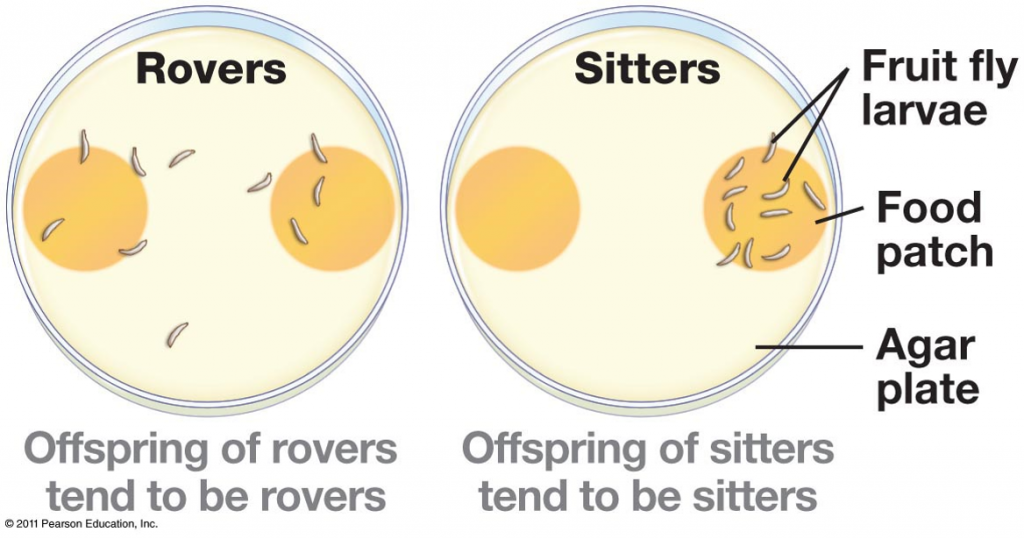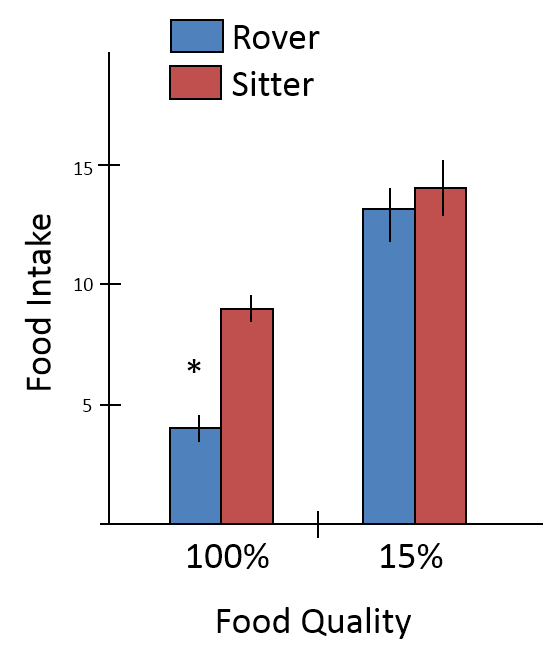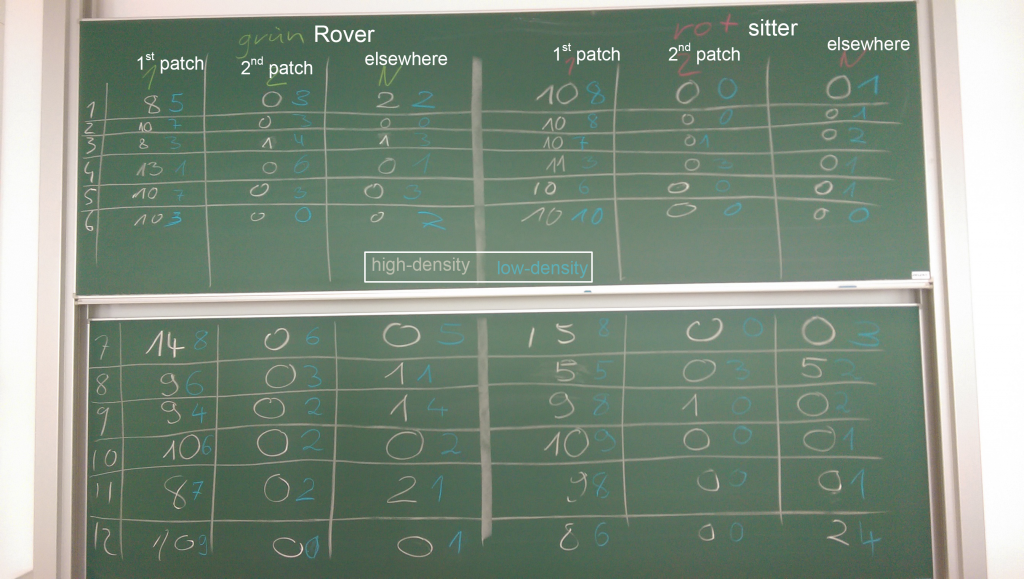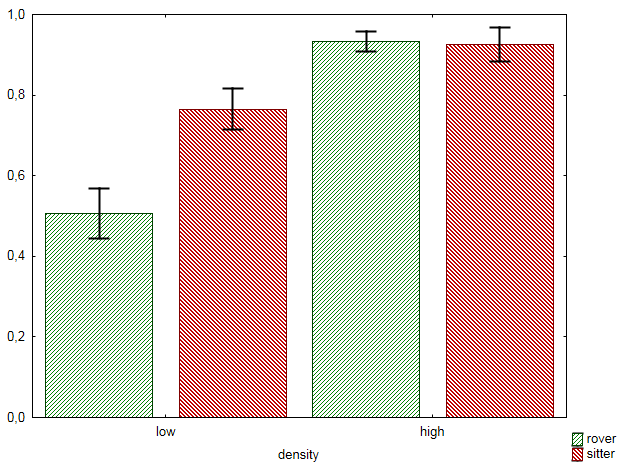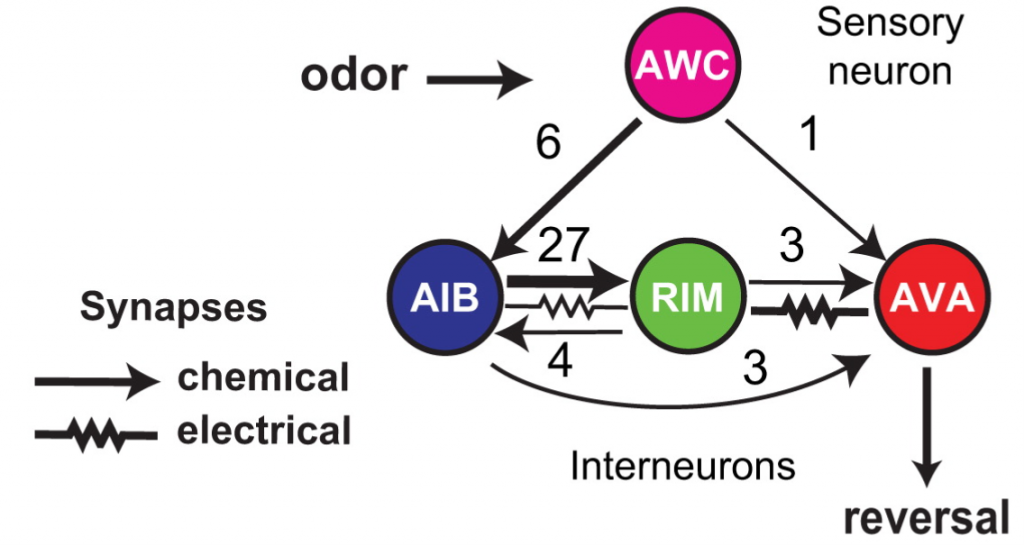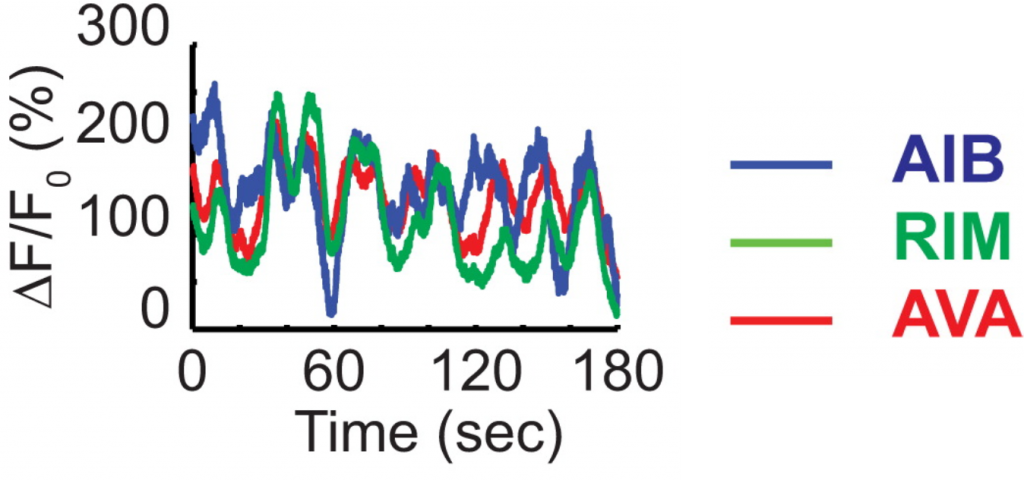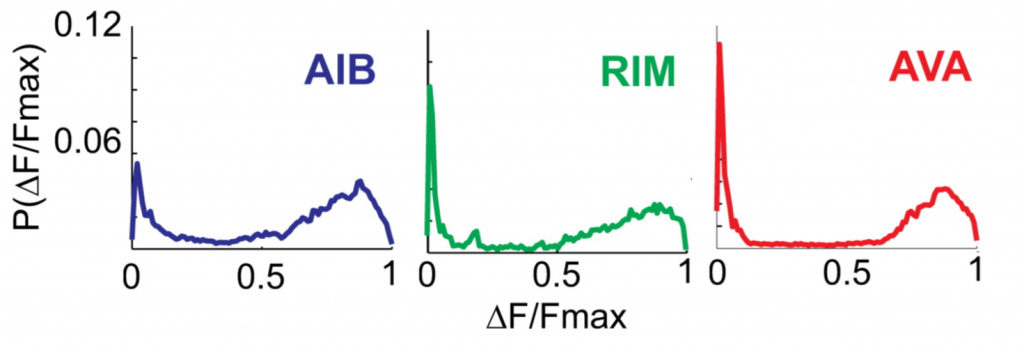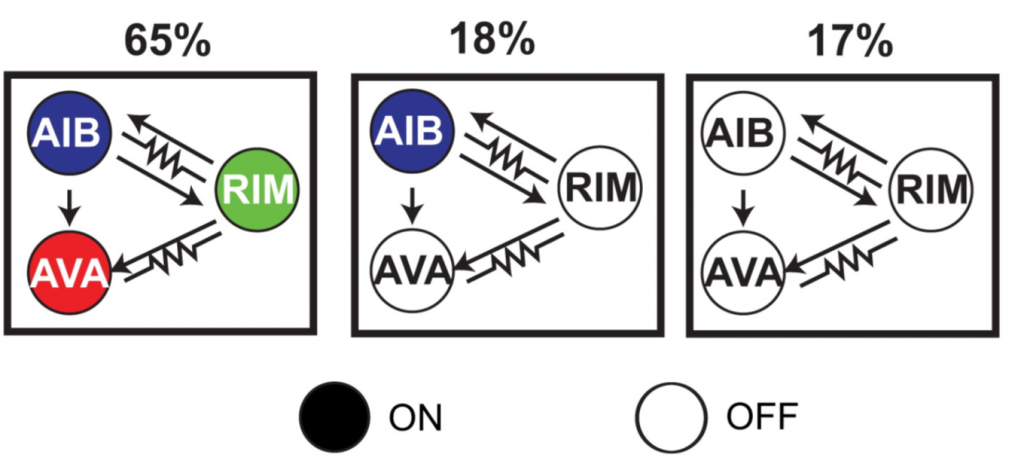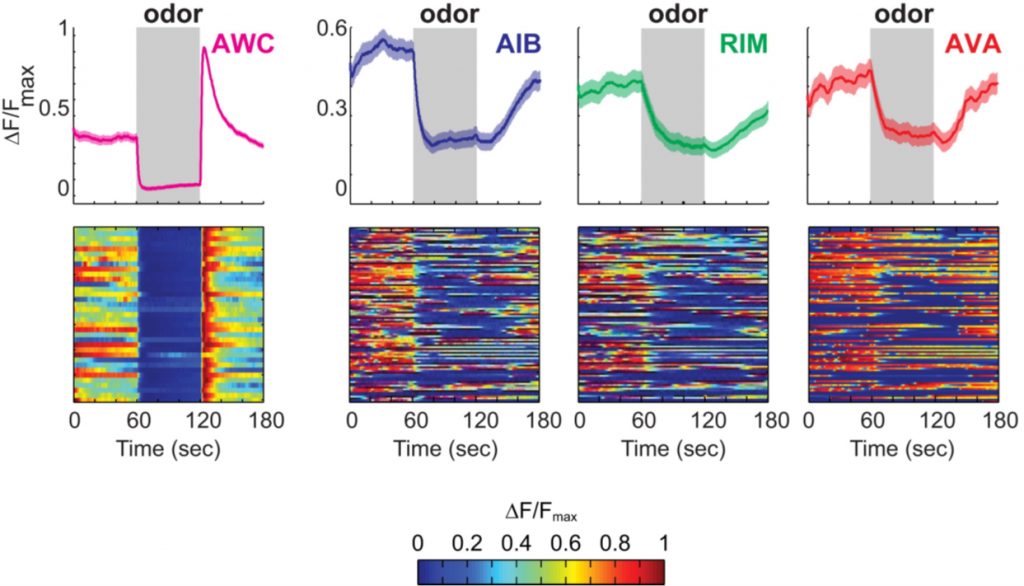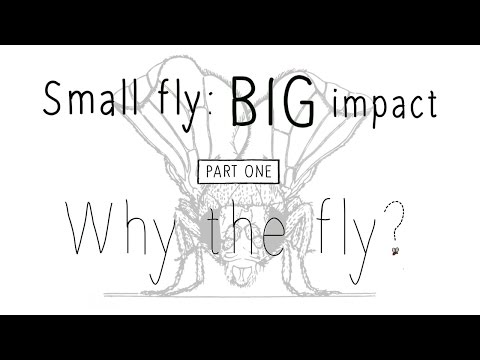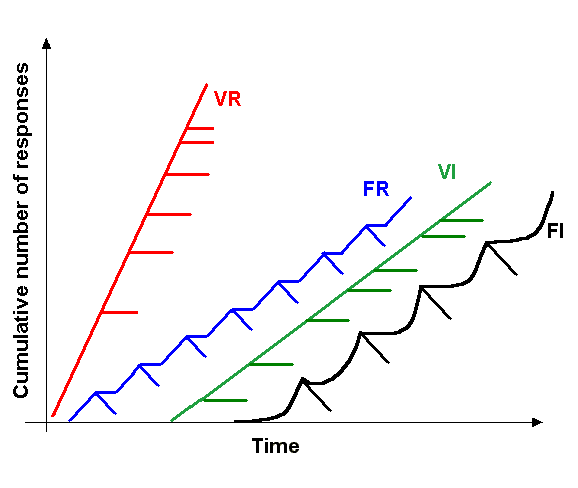This is a post loosely based on an article appearing today in the German newspaper “Frankfurter Allgemeine Zeitung” by Axel Brennicke and me. The raw data for our analysis is available. Please do let us know if you find a mistake.
UPDATE, 09/01/2015: A commenter made me aware of data rows in the raw data we had overlooked before. In our analysis, we evaluated all non-scientific professional staff, e.g., also technical support or library staff. As I’m actually quite fond of the libraries and the technical support we have, I looked at the trends for the ‘pure’ permanent administration staff and found and increase of 17% from 2005 to 2012, while permanent scientist positions increased only by 0.04%. Taking only these two groups of employees, the ratio between scientists and administrators shrinks to 0.57 in 2005 and 0.64 in 2012, i.e., the average administrator has to support less than two permanently employed scientists. In my opinion, this would have been the better data to use, but my co-author is not quite as convinced. Either way, even focusing on ‘pure’ admin staff conveys essentially the same message as the full overall data, albeit perhaps less dramatically. This is precisely why I am an open science advocate: making your data open allows you to discover more and improve your science!
UPDATE, 16/03/2015: I was just made aware of very similar numbers from the USA, published in this article by Jon Marcus.
Noam Chomsky, writing about the Death of American Universities, recently reminded us that reforming universities using a corporate business model leads to several easy to understand consequences. The increase of the precariat of faculty without benefits or tenure, a growing layer of administration and bureaucracy, or the increase in student debt. In part, this well-known corporate strategy serves to increase labor servility. The student debt problem is particularly obvious in countries with tuition fees, especially in the US where a convincing argument has been made that the tuition system is nearing its breaking point. The decrease in tenured positions is also quite well documented (see e.g., an old post). So far, and perhaps as may have been expected, Chomsky was dead on with his assessment. But how about the administrations?
To my knowledge, nobody has so far checked if there really is any growth in university administration and bureaucracy, apart from everybody complaining about it (but see update above with link to similar numbers from the US). So Axel Brennicke and I decided to have a look at the numbers. In Germany, employment statistics can be obtained from the federal statistics registry, Destatis. We sampled data from 2005 (the year before the Excellence Initiative and the Higher Education Pact) and the latest year we were able to obtain, 2012.
The aim of the Excellence Initiative and the Higher Education pact was to improve the funding situation for universities to increase scientific competitiveness and to allow them to cope with the rising student numbers. Student numbers increased from 2005-2012 by 25% to 2.5 million. The number of full-time university employees in research and teaching also increased, but only by 18% to just over 142,000, i.e., not keeping up with student numbers. Looking at the type of contracts, we can confirm the US trend of an increasing precariat also here in Germany: in 2005, 50% of all full-time employees were on short-term contracts. This fraction increased by about one percentage point per year to now more than 58%.
University leadership and politicians often argue that such short-term employment benefits research as scientists constantly need to learn new skills in different places and the short-term contracts keep the work-force up-to-date and flexible. However, this argument also holds for administrations: fluctuating student numbers, a constantly changing funding landscape and the constant turnover of university employees ought to mandate a flexible and slim administration as well.
However, the numbers speak a different language. Every full-time university scientist is administrated by 1,28 employees in administration. Of these 182,255 administrative and professional employees, only 25% are on fixed-term contracts. The remaining 75% are virtually tenured: it is almost impossible to make them redundant, according to German laws and regulations for public employees.
Perhaps the two initiatives have improved on this situation? Maybe in 2005, the situation was even worse? Alas, the fraction of ‘tenured’ administrative personnel and professional staff was only 70% in 2005. In fact, for every permanent position that was created in research and teaching between 2005-2012, 3.7 such positions were newly created in the university administrations. This means that the average German scientist now supervises 7 more students than in 2005, while the burden on administrators and professional staff has only increased by 2.7 students.
These numbers show the real winners and losers of the increased cash flow in this past decade: the students and scientists lose out, while university administrations benefit the most from the billions. At this point, to support the work of 60,438 permanently employed scientists in German universities, it is apparently required to permanently employ 135,897 administrative and professional employees.
In fact, for every permanent position that was created in this time, ten fixed-term positions were created, exacerbating the already abysmal job prospects of German early-career scientists. This parallels the development in many other research nations such as the US or the UK. The situation is most dramatic for early-career scientists. The tip of this huge iceberg are increasing number of science scandals, such as the recent case of the young Haruko Obukata whose mentor committed suicide after the manipulations of his student became known, or Felisa Wolfe-Simon, who called her arsenic-less strain of bacteria “GFAJ1”: give Felisa a job.
As I remarked long ago, the trend to corporatize higher education parallels the rise in retractions. This rise in retractions is so rapid, that by about 2045 every published article will be accompanied by the retraction of another article, if the current trend continues. Back in 2010, Amy Bishop killed three of her colleagues at University of Alabama in a shooting spree after she was denied tenure because her publication rate was deemed insufficient. Scientists on non-permanent positions today need to publish many articles in journals ranking high in a hierarchy that is devoid of any empirical justification. On top of that, they need to devise and find funding for especially expensive experiments, as the higher the funding, the higher the so-called ‘overhead’ that the universities receive. Last year, professor Stefan Grimm committed suicide after his employer, Imperial College London told him he had 12 months to pull in 200,000 Pounds in research funding or be fired.
Today’s top scientists thus have been selected by their marketing competence to sell their work to hi-ranking journals and by their ability to come up with expensive experiments. If their research is actually reliable and sound, it is pure coincidence. There exist no incentives today for just doing reproducible science.
The trends are clear on all fronts: business as usual has become untenable. There needs to be reform and it has to be international and far-reaching. Tinkering a little here and there is not going to cut it. On the up side, a lot can be established by universities themselves, without outside assistance: administration funds can be siphoned into research/teaching positions, and the billions now tied up in subscriptions can be used to develop a digital infrastructure which comprises a reputation system that rewards scientists for doing reliable science, once all subscriptions have been canceled. This is technically and financially feasible and within a sufficiently short time-frame. But action has to be taken now and it has to be decisive. The downside? It has to be collective action.
P.S.: We have made the raw data on which we have written our article available for everyone to check. Mistakes happen and we would not want to end up like Reinhardt and Rogoff.
P.P.S.: Two related articles, one in English and one in German (PDF).
Like this:
Like Loading...
![]() For our course this year I was planning a standard neurogenetic experiment. I hadn’t ever done this experiment in a course, yet, just two weeks ago I tried it once myself, with an N=1. The students would get two groups of Drosophila fruit fly larvae, rovers and sitters (they wouldn’t know which was which). About ten larvae from each group would be placed on one of two yeast patches on an agar plate. After 20 minutes, they would count the number of larvae in the first patch, the second patch and those in none of the patches, i.e, elsewhere on the plate:
For our course this year I was planning a standard neurogenetic experiment. I hadn’t ever done this experiment in a course, yet, just two weeks ago I tried it once myself, with an N=1. The students would get two groups of Drosophila fruit fly larvae, rovers and sitters (they wouldn’t know which was which). About ten larvae from each group would be placed on one of two yeast patches on an agar plate. After 20 minutes, they would count the number of larvae in the first patch, the second patch and those in none of the patches, i.e, elsewhere on the plate: